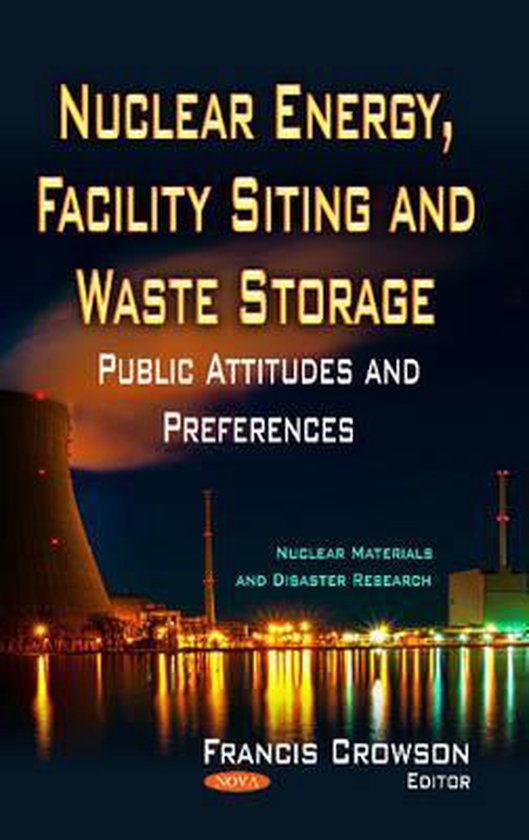The United States (US) program for siting interim storage and permanent disposal facilities for used nuclear fuel (UNF) is at a crossroads. The March 2010 request by the US Department of Energy (DOE) to the US Nuclear Regulatory Commission (NRC) for termination of the Yucca Mountain Project (YMP) license application, followed one year later by the disastrous nuclear events in Fukushima, Japan, have resulted in a fundamental reconsideration of approaches for siting interim and permanent UNF management facilities in the US. This book provides findings from a set of social science studies undertaken by the Center for Risk and Crisis Management (CRCM) and Sandia National Laboratories (SNL), which focus on public attitudes and preferences concerning the siting of nuclear repositories and interim storage facilities. This book is also a framework for moving toward a sustainable program to deploy an integrated system capable of transporting, storing, and disposing of used nuclear fuel and high-level radioactive waste from civilian nuclear power generation, defence, national security and other activities.

Geef een reactie
Je moet ingelogd zijn op om een reactie te plaatsen.